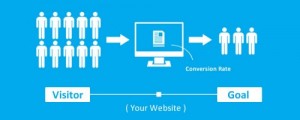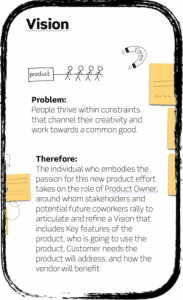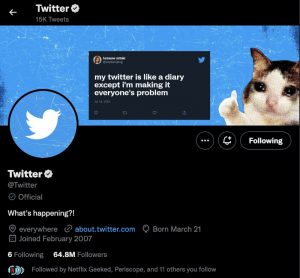The State Of Digital Advertising Is (Still) Bad
I’m sorry, but it’s time again to burst your safety bubble and tell you that, no, your digital dollars are still not safe.
On the one hand, I feel like I’m on repeat on this topic, as I have been highlighting it since I started writing here in my little MediaPost corner in 2013 (yes, next year on Dec. 13 I will celebrate 10 years of rants, opinion and criticism!). But because digital advertising is pretty measurable, and because I get access to a lot of that data, I feel it’s my duty to report on the dark side of digital advertising every now and again to remind you it takes a lot of hard work to lower (not eliminate!) the risk of wasted digital ad dollars.
Truth No. 1 (which has remained No.1 for as long as I can remember): Accept that a percentage of your digital ad dollars will go to waste. They either reach no one, pretend to reach someone, reach the wrong people or go to waste some other way. The percentages can be debated, depending on which digital ad tracking company you subscribe to, and where you spend the majority of your digital ad dollars (Desktop Video, Mobile Web Display, Mobile Web Video, etc.).
But none of the trackers puts the risk at zero. It’s a sad fact that you have to accept buying crap (a technical term) in digital advertising, while in most other media forms the “crap” is usually transparently labeled and priced.
Truth No. 2 is that some important numbers are trending south. I am using IAS data from its Media Quality Report 16th Edition, published March 2022, which compares the second half of 2021 to the second half of 2020. This global report shows the U.S. trending backwards on ad completion and time-in-view, while growing in ad fraud. The only thing we seemed to have gotten a handle on is brand risk, which is decreasing. This means we are at least getting better at ensuring our ads don’t appear as much next to or within unwanted environments.
I don’t know if the reason for decreases in ad completion and time-in-view are due to the ever-increasing ad load or ever- ragmenting platforms and outlets. It is probably some of both. But it means your dollars will carry you a little less far now versus a year ago.
And those increasing ad fraud numbers? As we have said many times before, ad fraud remains a game of whack-a-mole, and the incentives for the bad guys are simply too high to give up.
Maybe the only good news is that, according to IAS, viewability of ads has increased in 2021 vs 2020. But let’s be brutally honest and remind ourselves what “completed” means. Here is the definition from the Media Ratings Council: “a display ad impression is considered viewable if at least 50% of pixels are on screen for at least one second after the ad has rendered. A video ad impression is viewable if the ad is playing while at least 50% of the pixels are on screen for at least two continuous seconds.”
That is a very, very low bar. But I suppose we have to celebrate even the smallest wins. Although they are, in the grand scheme of 2020 digital advertising spending worldwide to the tune of $378.16 billion, small (very, very small!) victories indeed.
(9)






